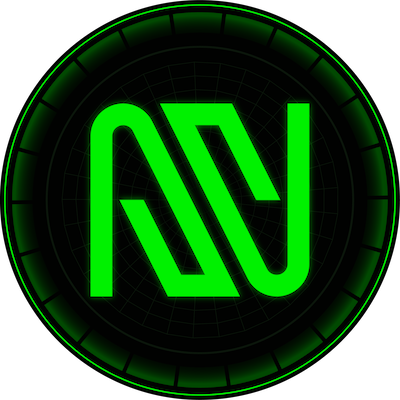The technology behind $WATER is a fascinating blend of blockchain innovation and environmental consciousness. At its core, $WATER operates on the H2O Water Network, a blockchain designed to fund global water projects and modernize water management systems. This network leverages the decentralized nature of blockchain to ensure transparency and efficiency in addressing water scarcity and improving water distribution equity.
One of the standout features of $WATER is its unique game mechanic inspired by the states of water: staking (icing) and burning (vaporizing). When users stake their $WATER tokens, they are essentially "freezing" them, much like water turning into ice. This process, known as staking, allows users to earn rewards over time, accumulating additional $WATER tokens as a form of interest. This incentivizes long-term holding and network participation, ensuring stability and growth.
Conversely, the burning mechanism, referred to as vaporizing, mimics the process of water turning into vapor and disappearing. By burning $WATER tokens, users can reduce the total supply of tokens in circulation. This scarcity can potentially increase the value of the remaining tokens, creating a deflationary effect that benefits long-term holders.
The H2O Water Network employs advanced cryptographic techniques to secure transactions and prevent attacks from bad actors. One such method is the use of consensus algorithms, which ensure that all transactions are verified and agreed upon by a majority of network participants. This decentralized verification process makes it extremely difficult for any single entity to manipulate the blockchain, providing robust security against fraud and hacking attempts.
Additionally, $WATER's integration with global charity and research initiatives amplifies its impact beyond the digital realm. By funding projects that address water scarcity and improve water management, $WATER aims to have a net-positive effect on the real world. This dual focus on technological innovation and social good sets $WATER apart in the cryptocurrency landscape.
The staking and burning mechanisms are not just theoretical concepts but are actively used to engage the community and drive the project's goals. For example, staking (icing) can be seen as a way to encourage users to commit their tokens to the network, thereby increasing its security and stability. On the other hand, burning (vaporizing) serves as a tool to control inflation and maintain the token's value over time.
The blockchain's decentralized nature also ensures that no single point of failure exists, making it resilient against attacks. Each transaction is recorded on a public ledger, which is immutable and transparent. This transparency builds trust among users, as they can independently verify the integrity of the network.
Moreover, the H2O Water Network's ability to integrate with smart contracts allows for automated and conditional transactions. Smart contracts can be programmed to execute specific actions when certain conditions are met, further enhancing the efficiency and reliability of the network. For instance, funds can be automatically released to water projects once predefined milestones are achieved, ensuring that donations are used effectively and as intended.
By combining these technological features with a strong commitment to social impact, $WATER leverages the power of blockchain to create a sustainable and equitable solution for global water challenges. The innovative staking and burning mechanisms, coupled with the secure and transparent nature of the H2O Water Network, provide a comprehensive framework for both digital and real-world advancements.
 Most Visited
Most Visited Chain Ranking
Chain Ranking Overall NFT Stats
Overall NFT Stats New Pairs
New Pairs Trending Pairs
Trending Pairs Gainers & Losers
Gainers & Losers Community Votes
Community Votes Top Traders
Top Traders Feeds
Feeds Topics
Topics Lives
Lives Articles
Articles Research
Research




































